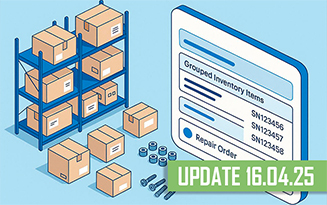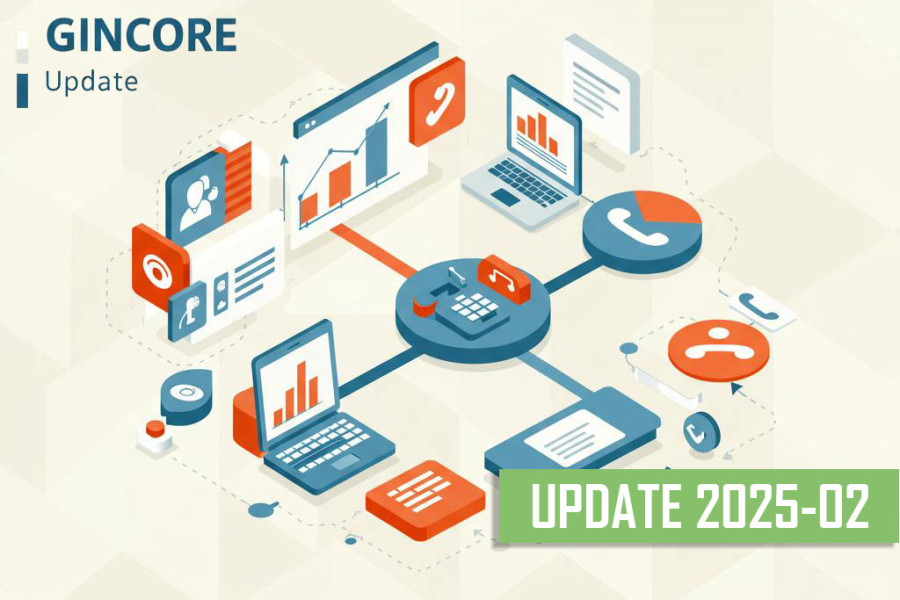Every company goes through certain stages of development, each with its distinct characteristics. It is these characteristics that help us determine the current stage of the enterprise.
At the small business stage, or the inception phase, a free management model is typical, where each employee tackles assigned tasks as they see fit. New employees usually receive their tasks in a verbal format with a general outline. They then proceed to fulfill their responsibilities, relying on their personal experience and intellect. When there are just two or three people, this system can function due to a limited number of connections. For example, if a courier decides to leave for delivery not at 3 PM but at 4 PM, they inform you of this because they wanted to wait for another order to make one trip. Consequently, if a customer calls, you can tell them that the delivery is delayed by one hour. However, if there are thirty, forty, or a hundred people in the system, and each participant makes independent decisions based on circumstances, the system can quickly descend into chaos. Informing all employees, for instance, that you will not leave at 3 PM for delivery but rather at 4 PM becomes nearly impossible. Even if you manage to inform everyone, it won’t help since people cannot absorb and process such a massive flow of constantly changing data. Imagine that each of the fifty people inputs some information, making various adjustments to the system's operations for the day.

The second stage of company development, or the medium business phase, involves a company with clearly programmed algorithms of actions and behaviors outlined for each employee. New employees receive their tasks and responsibilities in the form of a journal detailing all tasks along with an action algorithm for any potential situation. Essentially, a sequence of actions is programmed, much like programmers do for machines during software development. If a programmer omits a detail in the code, the machine will not know how to act in an unforeseen situation and will produce an error. Social programming operates in a similar way, where through empirical layering of detailed descriptions, all possible situations and employee behavior algorithms are meticulously defined. This system helps avoid bugs in situations where something wasn’t done on time, was confused, not shipped, or not delivered, which can lead to unplanned resource expenditures for the company, including intellectual labor. Beyond the additional resource costs, this can also cause direct and indirect losses: loss of clients, reduction in profits, employee demoralization, and so on. Most importantly, it prevents the system from scaling when a certain peak number of employees and orders is reached. The system devolves into chaos and ultimately collapses.
The third stage of development, or large business phase, is characterized by the presence of a self-evolving system. This means that for everyone in the company—from the cleaner to the CEO—there are not only comprehensive instructions necessary for smooth operation, but also algorithms for developing and scaling the system. Thus, the system not only maintains its viability autonomously but also evolves in a manner akin to processes in nature.

.png)


